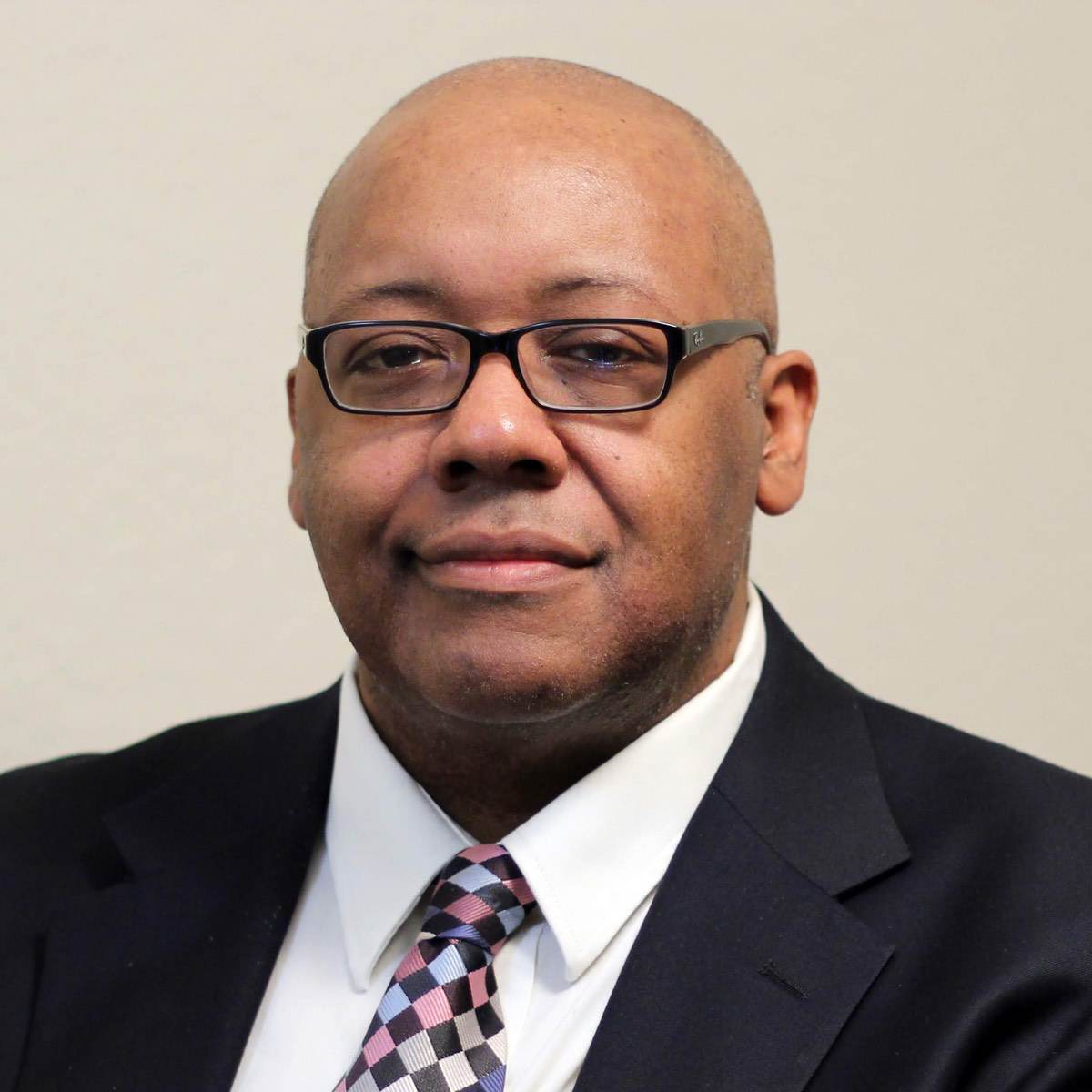It is Monday and I’m on the Statehouse grounds in Columbia.
It is dark, late, and my wife and I are walking the manicured grounds looking at Ben Tillman, Wade Hampton and Strom Thurmond — each illuminated man set off against the modest, beautifully proportioned capital dome which is also illuminated.
Tillman, known as Pitchfork Ben, stands defiant as does Strom Thurmond. And, if one looks carefully at Senator Thurmond’s pedestal, one can see that “four children” has been changed to “five” so as to include his African-American daughter, Bessie Mae Thurmond.
Wade Hampton, Robert E. Lee’s legendary calvary officer, forever rides his horse and will forever have a great view of the capital’s newest monument — the monument detailing South Carolina’s African American Experience.
The African-American entry is actually a curving metal tableau beginning with the first boatload of slaves to arrive in Charleston, then there is Emancipation, then Jim Crow and, then Evacuation to the North. Finally we get a sculpture of Beaufort’s own Joe Frazier.
In the center of this curving metal timeline there is a polished granite map showing that most of the slaves came from Senegal, Ghana and Congo. There is also a ship — the stylized metal skeleton of a ship — showing how the Africans were packaged into the hold. There is no commentary on this prone passenger placement. None is really needed.
It is interesting (to me) that right at the moment there is a case in front of our Supreme Court that questions the constitutionality of the South Carolina Heritage Act.
The Heritage Act, signed into law on May 18, 2000, states that no monuments or memorials erected on public property will be relocated, removed, disturbed or altered. Any proposed change to such memorials or monuments shall require a two-thirds vote of both the South Carolina Senate and the House.
The current lawsuit alleges that the Heritage Act violates two separate constitutional prohibitions. The first is the placing limits on the General Assembly’s ability to amend or repeal an earlier law. The second constitutional prohibition is disregarding home rule and local governments (who may want to take a particular statue down).
It is true that John C. Calhoun was taken down by The City of Charleston in June of 2020. However, Calhoun’s statue was privately owned and he was perched on private land leased to the City of Charleston. Calhoun was lifted off his column on the parade ground in front of The Old Citadel.
All of these successfully removed relics go into hiding at a local museum; or at the end of some dusty hallway at South Carolina’s Confederate Relic Room. But going into obscurity probably extends the life of these statues in that they get located in a secure, climate controlled building. But there is no question that their disappearance helps people forget.
Some might argue that forgetting Ben Ryan Tillman is a good thing. But I believe that knowing Pitchfork Ben — and knowing what he did to South Carolina’s Black population — is as important as knowing Robert Smalls and what he did for South Carolina’s African-American population.
In the 1880s, Benjamin Ryan Tillman, a self-described farmer from Edgefield County, emerged as a political force who traded in anger and resentment. At first that resentment was aimed at the Charleston aristocracy that then ruled South Carolina. Soon, however, that resentment was redirected to South Carolina’s Black population.
Tillman’s mounting popularity was concentrated on a state-wide convention that would rewrite South Carolina’s Constitution. And in 1895 he got his convention.
That convention removed Charleston’s influence; stripped-away voting rights from almost every African American man; mandated separate schools for Black and white children and segregated everything from trolley cars to Charleston’s Battery. Tillman, with a little help from his brother, removed or reversed every single advantage that came out of Reconstruction.
Tillman’s legislation would remain in place for 75 years — until the Civil Rights legislation of the early 1960s. Even then it would be delayed and fought by Strom Thurmond who stands about 50 yards from Tillman.
So, what to we do if the Supreme Court says the two-thirds requirement is unconstitutional?
I say we leave Ben in place; but change the words on his plinth to say:
Benjamin Ryan Tillman, architect of the 1895 Convention that removed Blacks from the voting rolls; segregated schools and sent hundreds of thousands of African Americans North to Philadelphia and New York.
As Joe Friday would say, “Just the facts, ma’am.”
Scott Graber is a lawyer, novelist, veteran columnist and longtime resident of Port Royal. He can be reached at cscottgraber@gmail.com.












